More Internet Exchanges Necessary for Rural Areas: Experts
Latency experienced by users is dependent in part on their distance from internet exchange points.
Jake Neenan

WASHINGTON, March 28, 2025 – Experts and industry officials pushed for building internet exchange points deeper into parts of the country that currently lack them, arguing it would be necessary for continued economic development.
Internet Exchange Points represent a critical but often overlooked piece of America's digital infrastructure. With billions being invested in broadband expansion, strategically placed IXPs could significantly improve rural connectivity while reducing costs. How can smart infrastructure planning ensure that rural communities aren't left behind in the digital revolution?
Can't see the full event video? Join the Breakfast Club to watch
An internet exchange point, or IXP, are switches where broadband and content delivery networks can all interconnect with each other and exchange data directly. The latency, or time it takes for data to travel from one place to another, for a given end user is dependent in part on their distance from an IXP.
For someone far away from the nearest exchange point, data could have to travel hundreds of miles back and forth, said Art Kazmierczak, director of sales and network development at Arelion. He spoke at a Broadband Breakfast event on data centers and broadband in Washington on Thursday.
“When you’re looking at that from a latency perspective, that’s a big challenge,” he said, especially for autonomous industrial equipment or certain remote healthcare applications. “This data takes a long time to get to the actual equipment that’s moving in real time, and that causes delays in judgment and delays in decisions – poorer performance.”
There are 200 active internet exchange points in the country, according to the PeeringDB database, but they’re not evenly distributed.
“Fourteen states in the US don’t have a single internet exchange within the state, which puts them at a severe disadvantage to those that do from an economic development standpoint,” said Hunter Newby, who pioneered the “neutral carrier hotel” concept widely used in the industry. IXPs are typically owned by an entity other than the carriers that interconnect with each other, an effort to keep the treatment of traffic neutral.
Newby and the nonprofit Connected Nation, whose executive vice president Brent Legg moderated the discussion, are trying to get 125 more IXPs built in regional hub cities across the country. But it’s been slow going, he said. The group helped secure $5 million in grant funding to build an exchange point on Wichita State University’s campus in 2023, which is expected to finish construction this year.
“We’ve got 125 of these to go build. If we have to wait for grants like we did with the state, that will take the rest of our lives and our kids’ lives,” he said. “Not gonna happen. We’ve got to find another way to do it.”
Cost is a big part of the reason why these facilities haven’t sprung up closer to rural consumers, though, said Ron da Silva, an internet technology consultant and longtime telecom executive. Those expenses include the actual building itself, plus securing a consistent power source and fiber connectivity.
He said the federal funding already in place for fiber, plus a willingness among rural municipalities with more space and less restrictive zoning rules to allow data centers and new smaller nuclear reactors, could eventually help lower those costs.
The Commerce Department is administering a $1 billion middle mile program, plus its $42.45 billion Broadband Equity, Access, and Deployment program aimed at last-mile fiber connectivity. The Trump administration has expressed a desire to shift some of that money away from fiber, but it’s not yet clear how significant the shift would be.
“Once you have deeper fiber, at least one of those issues will be addressed that prevent local internet exchanges,” he said. “You’ve got fiber richness attracted by AI data center deployments, then it’s just a matter of getting real estate and critical power in place.”
Newby lamented a lack of coherent effort among U.S. policymakers and providers to address the issue.
“We must have a plan to address the rest of the United States that is devoid of these neutral interconnection points,” he said. “But without consensus among all the network operators before you go out there, it’s a fool’s errand.”
David Jeppsen, head of global public affairs at Japanese telecom firm NTT, said there was more of a consensus in Japan around expanding ultra-low latency services. NTT is a major global data center operator, but it’s also pushing for expanding “all photonics networks,” which include fiber but can also involve using light to transfer information over the air.
“Japan thinks big,” he said. “It’s going to be a few more years to really get the momentum of this and to get it scaled, but we firmly are of the belief that that style of infrastructure is what we’re going to need.”



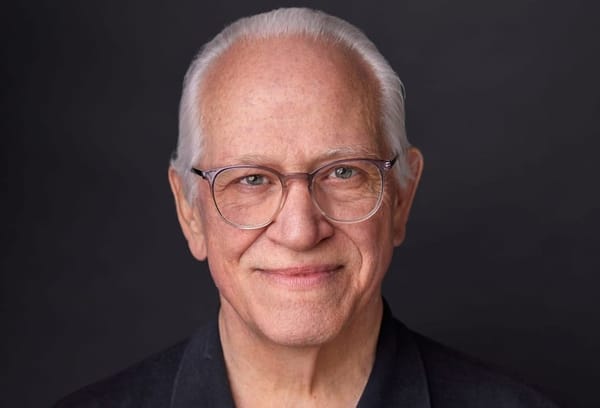
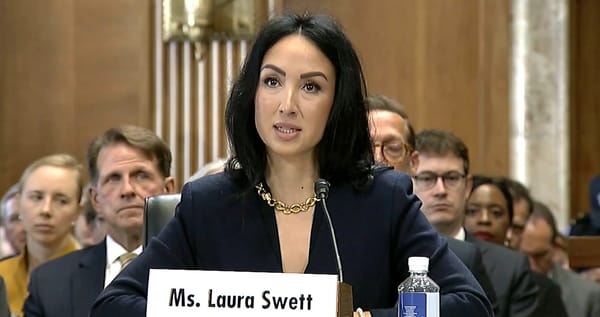
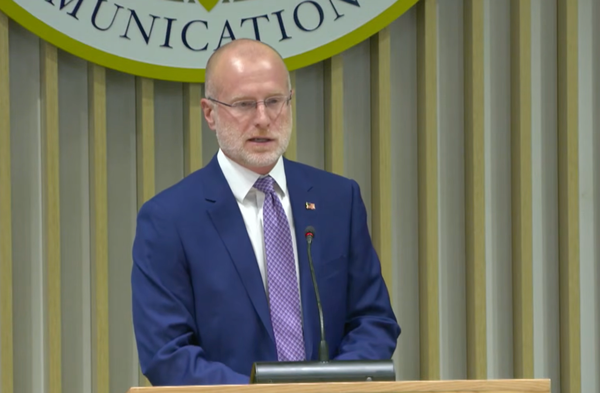
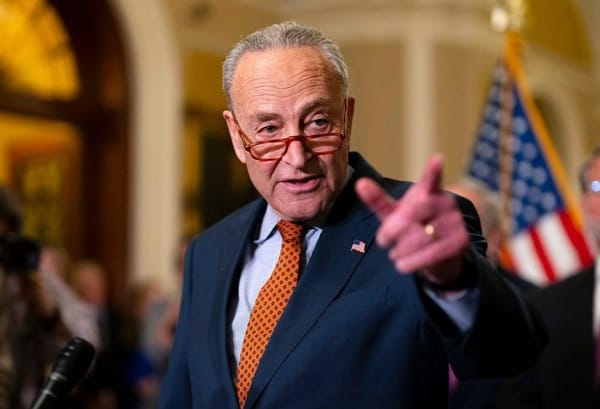

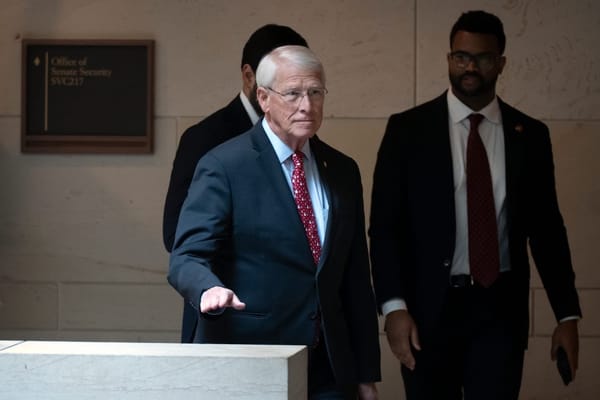

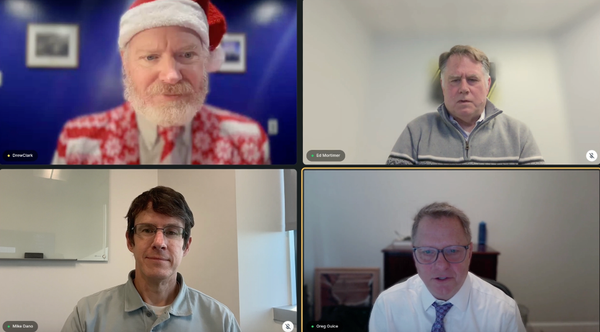

Member discussion